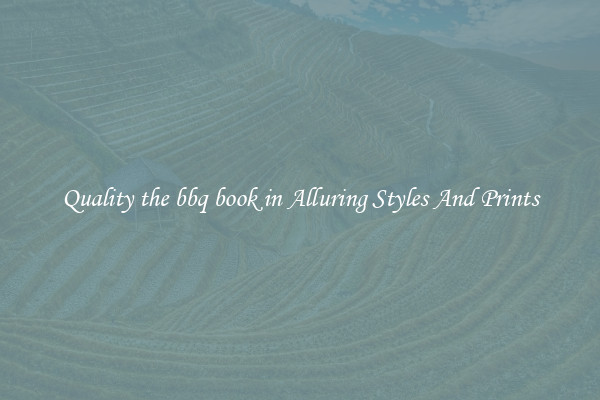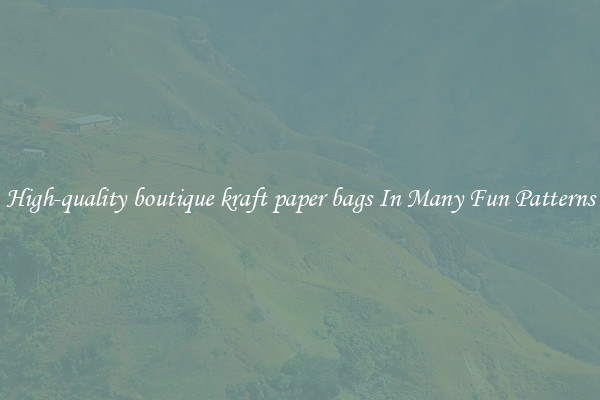Top-Quality braided non absorbable suture
Sutures are an essential tool in the medical field, used to close wounds or surgical incisions in order to promote healing. One type of suture that is highly valued for its strength and durability is the braided non-absorbable suture.
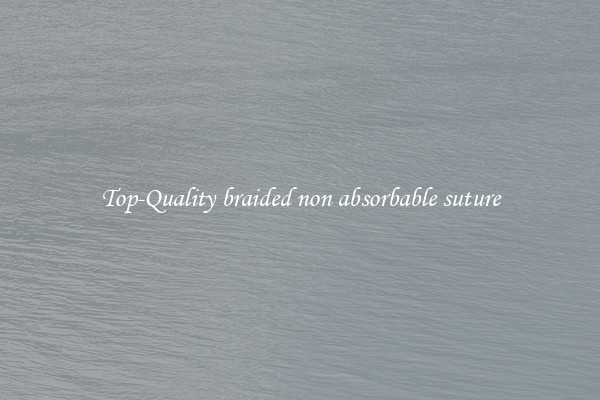
Braided non-absorbable sutures are made from synthetic materials such as polyester or silk, which gives them their strong and durable properties. The braided design of these sutures allows for increased flexibility and knot security, making them ideal for use in areas of high tension or movement within the body.
One of the key benefits of using braided non-absorbable sutures is their longevity. Unlike absorbable sutures, which are designed to dissolve over time, non-absorbable sutures remain in the body indefinitely. This is particularly useful in cases where prolonged wound support is needed, such as in orthopedic or cardiovascular surgeries.
In addition to their longevity, braided non-absorbable sutures are also resistant to degradation from bodily fluids, making them a reliable choice for long-term wound closure. Their strong, knot security also helps to prevent the risk of suture breakage or premature loosening, ensuring that the wound remains securely closed during the healing process.
Another advantage of braided non-absorbable sutures is their reduced tissue reaction. The braided design creates less surface area contact with the surrounding tissue, leading to decreased tissue irritation and inflammation. This can help to minimize the risk of scarring and infection at the wound site, promoting a smoother and faster healing process for the patient.
When it comes to selecting a top-quality braided non-absorbable suture, it is important to consider factors such as the material used, the size and diameter of the suture, and the intended use of the suture. Different materials may have varying levels of strength and flexibility, so it is important to choose the most appropriate option for the specific surgical procedure.
Overall, braided non-absorbable sutures are a valuable tool in the medical field, offering durability, strength, and reliability for wound closure. When used properly, these sutures can contribute to successful surgical outcomes and improved patient recovery.
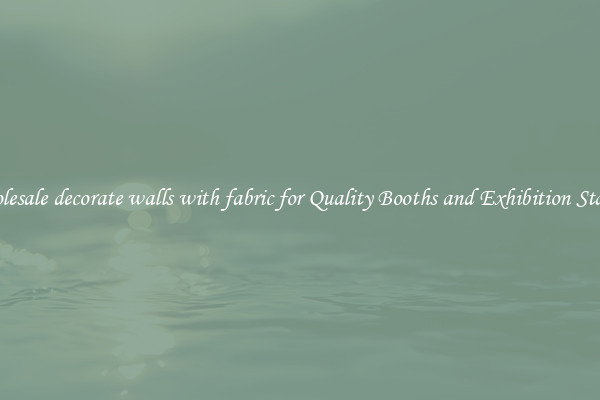
View details

View details

View details
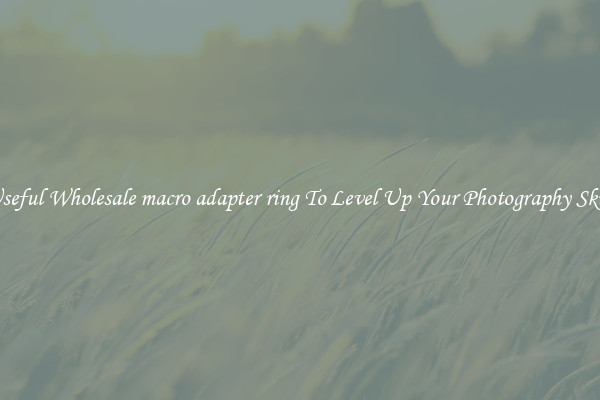
View details



